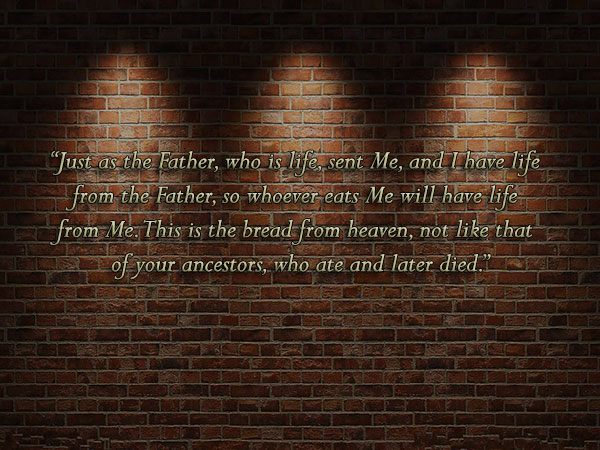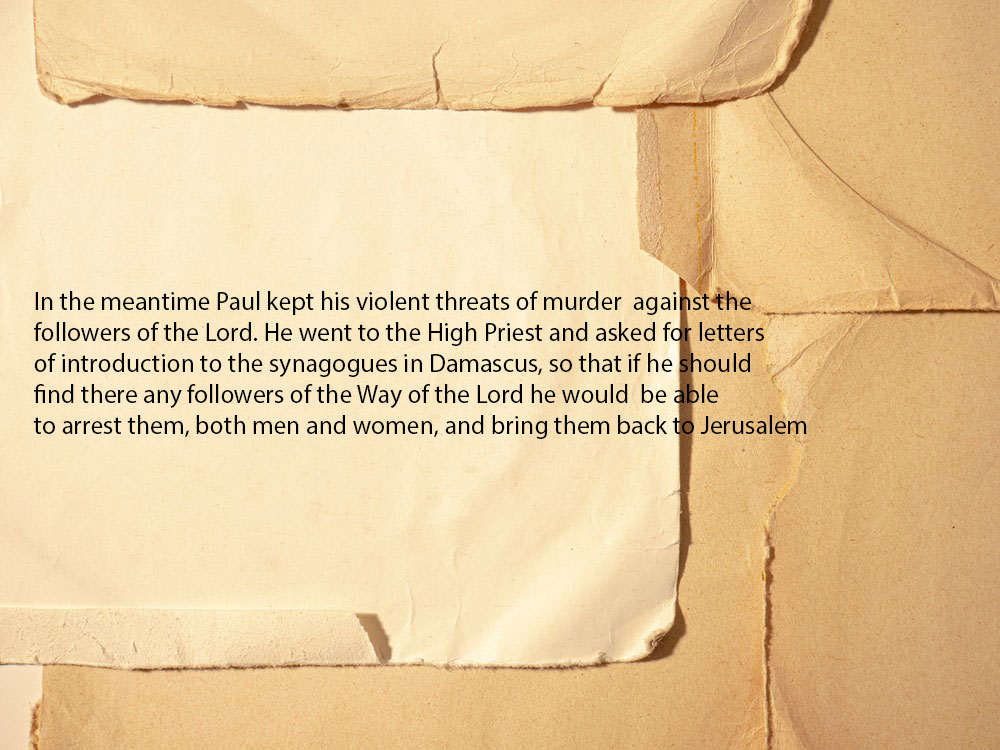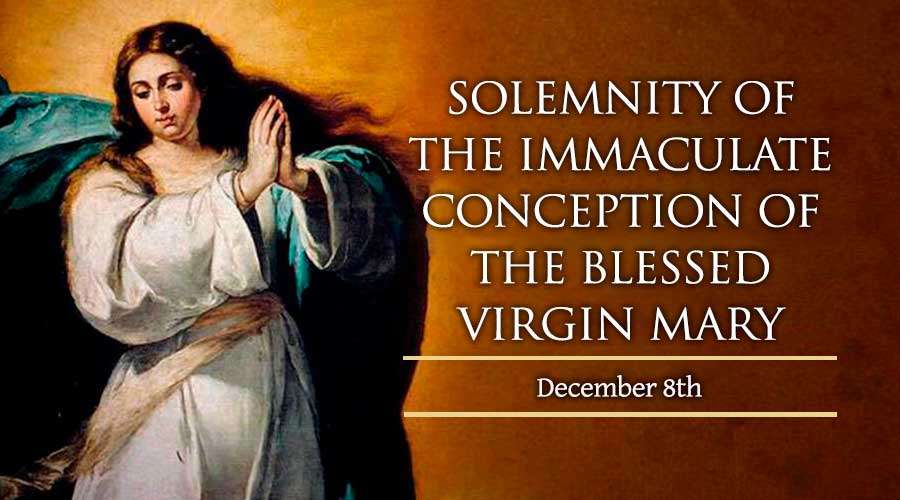Cast
Joaquim de Almeida as Father Ferreira
Goran Visnjic as Arturo
Stephanie Gil as young Lúcia dos Santos
Alejandra Howard as Lúcia’s cousin Jacinta Marto
Jorge Lamelas as Lúcia’s cousin Francisco Marto
Lúcia Moniz as Maria Rosa
Marco d’Almeida as António
Joana Ribeiro as the Virgin Mary
Sônia Braga as Sister Lúcia (Lúcia dos Santos later in life)
Harvey Keitel as Professor Nichols
Director: Marco Pontecorvo
Studio: Picturehouse
Genre: Drama
Run time: 113 minutes
Rating: PG-13 because of some strong violence and disturbing images
WHAT VIEWERS NEED TO KNOW
Fatima is a drama about a 1917 religious event referred to as “The Miracle of the Sun.” Three children, ages 7 to 10, report that the Blessed Virgin Mary has appeared to them, asking them to deliver her message that World War I will end if people pray and “suffer greatly.” Notwithstanding intense pressure by those sitting in power to recant their story, the children show real integrity and pressing on to tell the truth. In an struggle to fulfill the need to “suffer,” the oldest child, Lucia, is shown harming herself in a couple of non-life-threatening ways. Angels share violent visions with the children, including flashes of gruesome battle scenes, priests being shot, and scary images of the fiery depths of hell. The timeline hurdles between 1917 and 1989, when a cynical professor is interviewing Lucia — now an elderly nun — about the events (and asking the questions that lay viewers might have). Even though the story is about children, it probably won’t be appallingly remarkable to them. The film’s value is more in understanding the circumstances around a modern-day miracle and what it takes to be accorded sainthood.
THE STORY
The film opens in FATIMA, the spring of 1917, an angel of peace appears to a 10-year-old Lucia outside the parish of Fátima, Portugal. The Blessed Virgin Mary appears to Lucia and her two cousins Francisco and Jacinta, asking that they deliver a message of how they can bring an end to World War I after a short time. The three children see themselves in the middle of a blaze between church and government officials who pressure them to take back and pilgrims who would like to share in the phenomenal experience.
POSITIVE MESSAGES
The skeptical professor/journalist and Sister Lucia discuss their opposing views and outlooks by giving each other respect and hit upon common ground.
ROLE MODELS AND POSITIVE REPRESENTATIONS
The children show integrity. They carry on telling the truth, despite severe pressure from family, community, and authority to recant.
VIOLENCE
Images of war are displayed through a grainy filter, including bombings and soldier on battlefield whose limbs have been blown off, not just broken. People were shot at close range. Children are frightened while seeing the depths of hell. A child (Lucia) is slapped, hit several times by a parent. A child is told by angelic image that she must suffer to help others, is shown harming herself a couple of times.
CONCLUSION
Marco Pontecorvo’s first English-language feature is beautifully shot. Dark caves, shabby homes, and plain clothing are made more lively, while angelic beings and the purity of children’s faces shine really bright. The exquisite photography in Fatima shifts your mind’s expectations: This isn’t what we’ve come to imagine from the archetypal low-budget faith-based film. Rather, this is a grand production about personalities of faith. For those (still) waiting for the instant when stories of faith really go middle-of-the-road, this is a step in that direction, I must say.
Religious movies are often simplistic, preachy, and simple. Or perhaps even boring. But the film stands out as being none of these. The acting is sincere and believable. The story is interesting but it is a faith-based production, so it does assume the reality of what the children experienced and recounts the supernatural elements of their claimed experience. It explores the reaction to the secularist government’s response and the interview with one of the children as an adult by a skeptical journalist does raise incredulous questions. But one does get the feeling that it was though necessary to include the journalist character so that it seemed balanced — more balanced than it actually is. The movie is clearly made for believers in these visions of the children. It’s a film with high production values — although the cartoonish vision one of the girls has of Hell is somewhat destabilizing of the overall quality. But then, in the period that the story is set, this was probably the central view that most Christians had of Hell and continues in Christian fundamentalism today. The most gripping component is the fact that the children are willing to stand by their commitment and convictions despite hostility to them — something I guess we could all be better at doing. You don’t have to be a believer to enjoy this movie. It’s not a great movie, but I found it thought provoking.
Alas, the script doesn’t carry an emotional impact and, therefore, doesn’t keep viewers in what should be an earth-shattering tale. By the time we get to the miracle, it’s forthrightly underwhelming. The audience most likely to be singing the movie’s praises will be adults seeking insight — and, of course, those of faith. To the parents who are hoping to show — not just tell — their kids that miracles exist or to explain Mariology, this film fails miserably. The idea that the Blessed Virgin Mary would show children macabre images of war and a pope being shot in the head, take them on a voyage to hell, and tell them that they themselves must “suffer greatly” to end a world war and bring home their family members doesn’t dig with most modern-day Christian teachings. Pontecorvo does his best to bring the story to today’s audiences by incorporating a more modern-day author who’s a skeptic, allowing him to ask a lot of tough questions. But most children aren’t going to be hanging on to find the answer –and will cause their minds to wander elsewhere.
Another thing is that what is told in the film is not actually based on truth. Honestly, there are countless miracles that took place at Fatima that were not told or included in the film. Most importantly, I strongly encourage everyone to pray the Rosary not only on the first Saturday but every day that you may experience the miracle of God in your very own life.
Blessed Sister Lucia dos Santos herself hath said:
“The Most Holy Virgin in these last times in which we live has given a new efficacy to the recitation of the Rosary to such an extent that there is no problem, no matter how difficult it is, whether temporal or above all spiritual, in the personal life of each one of us, of our families…that cannot be solved by the Rosary. There is no problem, I tell you, no matter how difficult it is, that we cannot resolve by the prayer of the Holy Rosary.”
Overall, Fatima 2020 is an amazing movie that shares the goodness of Our Lord Jesus Christ through His Immaculate and Blessed Mother and three incredibly brave children. With all the hate in our world going on and in the midst of a global pandemic, Fatima reminds us of God’s love and mercy and Our Lady’s unceasing intercession on our behalf.
I give the film a rating of 3 stars.







